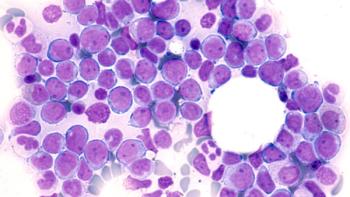
Otsuka Announces Plans to Buy Avanir for $3.5 Billion
Japanese drugmaker Otsuka announced plans to buy CNS-specialist Avanir Pharmaceuticals for $3.5 billion in an all-cash tender offer.
Otsuka Pharmaceutical announced on Dec. 2, 2014 that it had reached an agreement in which Otsuka America, its US subsidiary, would acquire Avanir Pharmaceuticals for $3.5 billion. Avanir, a biopharmaceutical company specializing in central nervous system (CNS) diseases, is the US-based manufacturer of Nuedexta, the only FDA-approved treatment for the neurological disease pseudobulbar affect (PBA). PBA is a neurological disease characterized by sudden and uncontrollable laughing or crying, secondary to a neurological condition such as traumatic brain injury, multiple sclerosis, Parkinson’s, a stroke, or Alzheimer’s disease
Under the agreement, Otsuka will obtain rights to Nuedexta, as well as AVP-786, a late-stage investigational compound developed to treat agitation associated with Alzheimer’s.
Source:
Newsletter
Get the essential updates shaping the future of pharma manufacturing and compliance—subscribe today to Pharmaceutical Technology and never miss a breakthrough.




